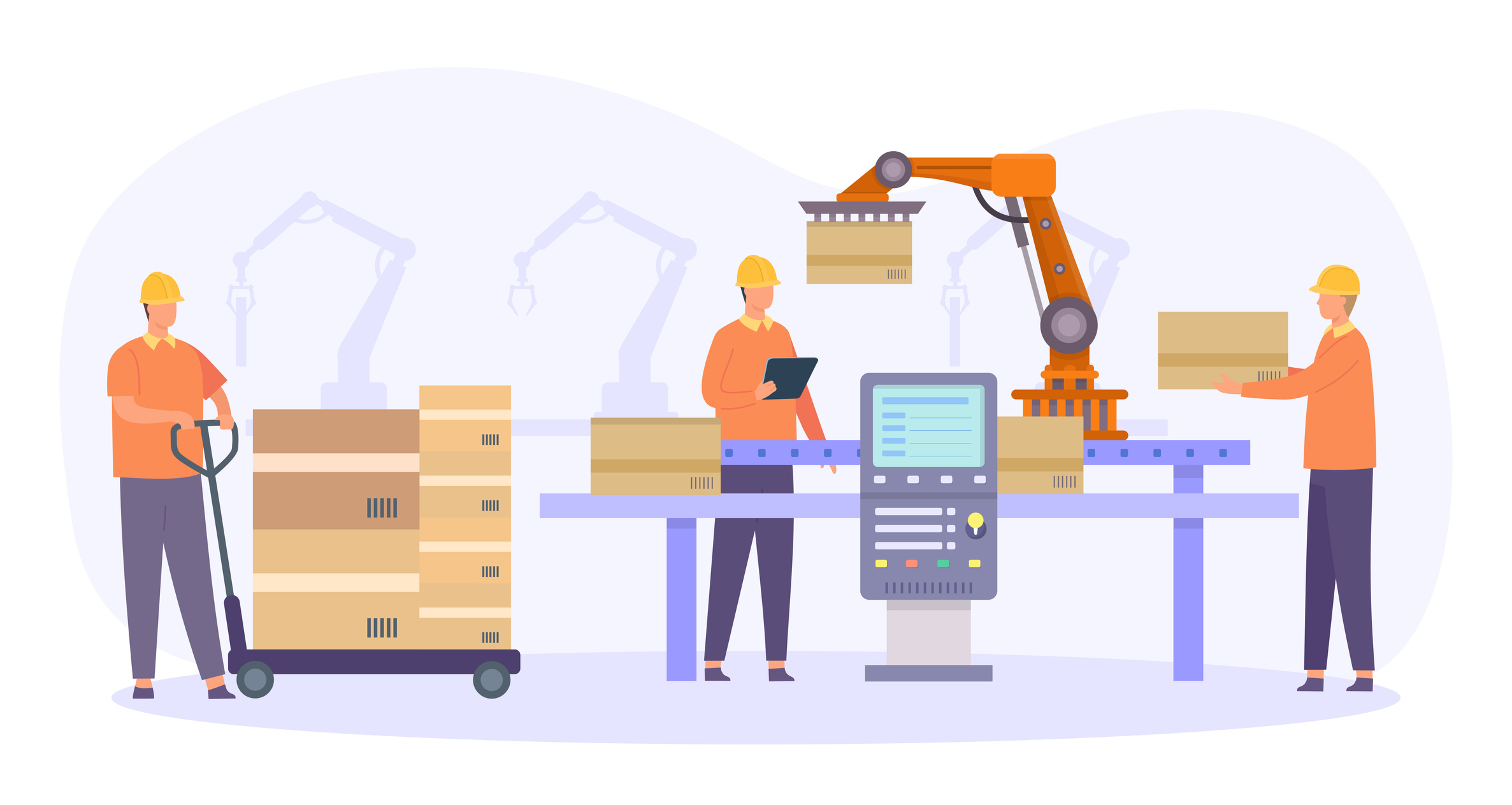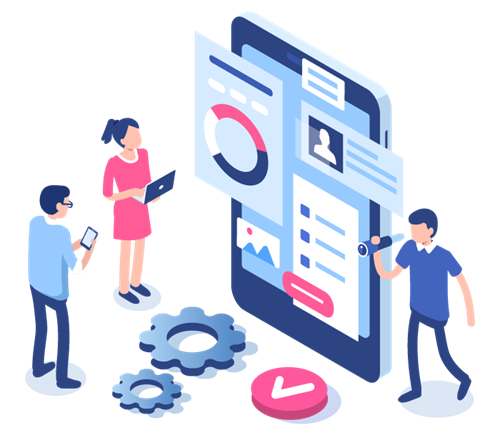How to Meet KPIs and Boost Customer Satisfaction
by Anastasia Micic | Published On November 1, 2023

Boost customer satisfaction with call center optimization strategies. Learn how to effectively measure and meet vital KPIs to excel in today's competitive market
Customer satisfaction stands as a critical factor for success and longevity. It is more than just a metric; it is a key indicator of a company's overall health and future potential. Efficient call center operations are an integral part of this equation, playing a vital role in ensuring that customer interactions are handled swiftly and effectively.
Call center optimization is no longer just a catchphrase; it is a necessity. In an interconnected world where customers are just a click away from sharing their experiences, both positive and negative, with a global audience, the stakes are higher than ever. Customers who give a company's service a "good" rating are 38% more likely to recommend that company to others. Satisfied customers become brand ambassadors, amplifying positive word-of-mouth marketing that can significantly impact a company’s reputation and bottom line.
This is exactly why businesses are increasingly focusing on Key Performance Indicators (KPIs). These insightful metrics not only gauge the current state of customer sentiment but also guide the strategies that can elevate customer service to new heights. The ability to meet these KPIs is synonymous with fostering customer loyalty and driving sustainable business growth.
Identifying and Measuring Key KPIs
KPIs provide an invaluable compass, guiding customer service departments toward strategies that foster satisfaction and loyalty. Start by defining relevant KPIs based on customer service goals, whether it's Net Promoter Score (NPS), Customer Satisfaction Score (CSAT), or Customer Effort Score (CES).
Integrating a comprehensive Customer Relationship Management (CRM) tool is a critical step, acting as a central repository to streamline customer interactions, feedback, and pertinent data. These tools enable teams to monitor trends and track the impact of their efforts systematically.
To round off this strategy, implementing regular customer surveys is also key. It is crucial to craft these surveys carefully — concise and focused — to encourage customer participation. Coupled with modern analytics platforms, such as Tableau or Google Data Studio, these survey results can transform raw data into actionable insights. 72% of businesses are confident that analytics reports can help enhance the customer experience.
In a world where customer expectations are ever-evolving, keeping a pulse on customer sentiment is vital. 86% of buyers are willing to pay more for a great customer experience. Hence, regular reviews and adjustments to KPI strategies are essential for continual improvement and sustained success.
Implementing Quality Assurance for Enhanced Performance
Implementing quality assurance in customer service is pivotal to elevating performance levels within a customer service center. This process involves meticulous monitoring and assessment of agent performance aimed at bolstering customer satisfaction and loyalty. When executed effectively, a robust QA framework can lead to cost reduction while ensuring compliance with industry standards. Here’s how to design a tailored QA framework:
Define specific objectives and metrics: This might include improving First Call Resolution (FCR), Customer Satisfaction (CSAT), or Net Promoter Score (NPS). These goals must align with overarching business objectives and customer expectations.
Establish clear standards and criteria: These are the yardsticks for evaluating agent performance, reflecting the QA objectives, brand values, and customer needs. These could include standards for empathy, accuracy, and resolution and specific criteria for scoring each.
Develop sophisticated QA tools and methods: Companies may employ specialized software or cloud-based solutions for call recording and employ surveys or dashboards for data visualization.
Comprehensive staff training: Clear communication of the QA objectives, standards, and methods to all staff—agents, supervisors, and managers—is critical, as is providing ongoing training and support to help staff refine their skills.
Regular monitoring and reviewing: This involves continuous tracking of QA metrics, soliciting and analyzing feedback from stakeholders, and conducting regular audits of the framework to ensure its ongoing effectiveness and relevance.
As per Statista, only 39% of global customer service leaders report having an optimized quality assurance process in place. This reveals a substantial opportunity for companies to elevate their QA strategies, outpace competitors, and emerge as pioneers in customer-centric service.
Automation and AI in Call Center Efficiency
Empowering businesses to deliver efficient and highly responsive customer service is paramount. Positioned at the heart of this transformation are AI-powered chatbots, which serve as the first line of support, deftly managing routine queries. By handling high volumes of customer inquiries, these chatbots significantly cut wait times and operational costs, enabling live agents to focus their attention on more intricate or sensitive customer issues.
Call center optimization is further enhanced through the integration of Robotic Process Automation (RPA). Strategically situated in the middle of call center operations, RPA is essential for streamlining repetitive tasks. It automates mundane functions, such as data entry and call routing, thereby reducing human error and elevating agent productivity. This allows staff to shift their focus from administrative duties to engaging more meaningfully with customers.
According to Gartner, by 2026, approximately 10% of agent interactions are projected to be automated, which marks a substantial increase from the current estimate of 1.6% of interactions that utilize AI automation. This data positions AI as a vital tool for maintaining a competitive edge while ensuring exceptional customer service.
Conclusion
As customer expectations evolve, businesses must proactively meet KPIs and elevate satisfaction levels. Forward-thinking organizations will leverage data-driven insights, technology, and empathetic communication to exceed customer needs, fostering loyalty and long-term success. In this future landscape, customer satisfaction won't just be a metric—it will be a catalyst for transformative business growth.
Discover how to revolutionize retail and enhance customer experience with our latest insights. Explore cutting-edge solutions designed to empower your team and delight your customers.
More from our blog
 Have you ever called a manufacturing company to check in on the status of an order, or ask a billing question, only to be greeted by an automated system guiding you through a list of options? If so, you’ve seen...
Have you ever called a manufacturing company to check in on the status of an order, or ask a billing question, only to be greeted by an automated system guiding you through a list of options? If so, you’ve seen...
 If you've ever reached out to a business and experienced long wait times as a customer, you know how annoying and frustrating it can be.
If you've ever reached out to a business and experienced long wait times as a customer, you know how annoying and frustrating it can be.
 Let’s talk about what’s happening inside a typical education contact center right now.
Let’s talk about what’s happening inside a typical education contact center right now.

